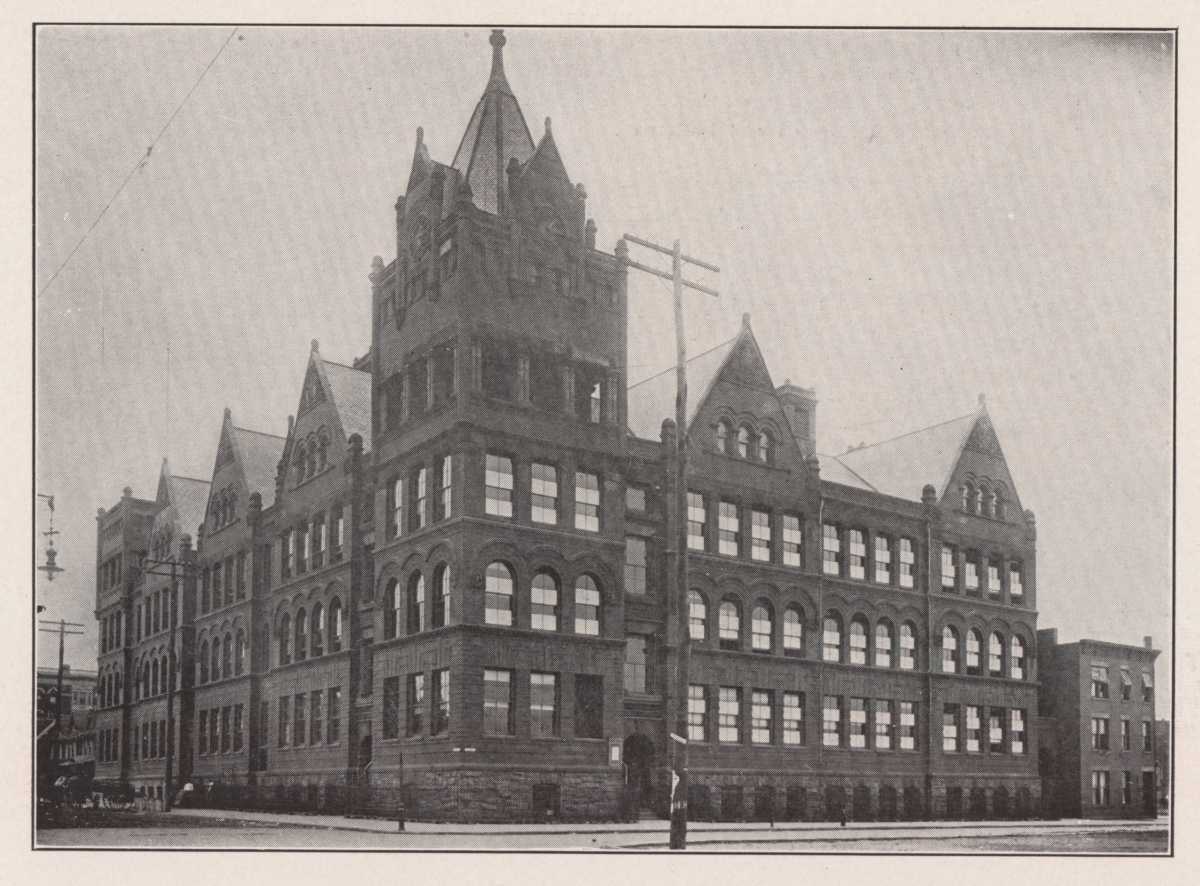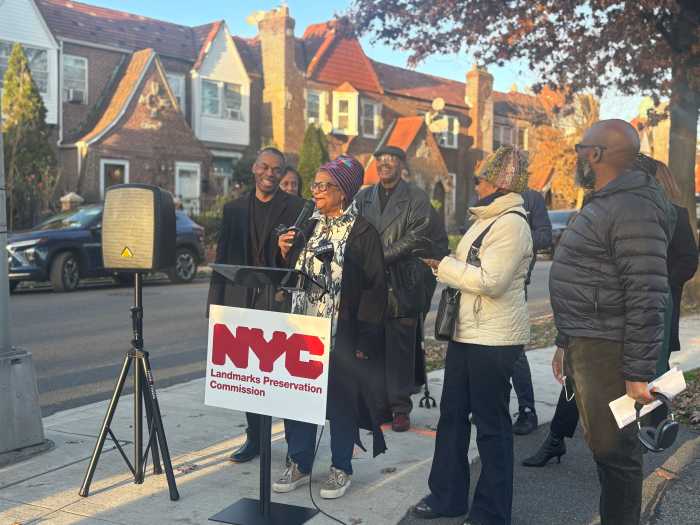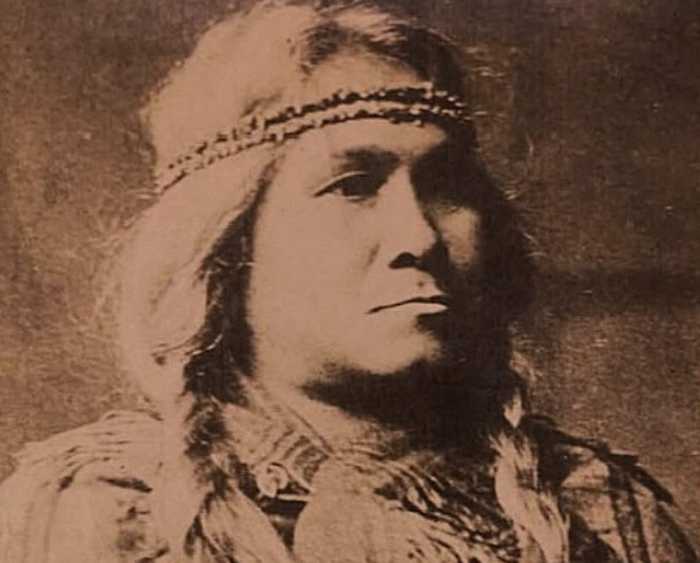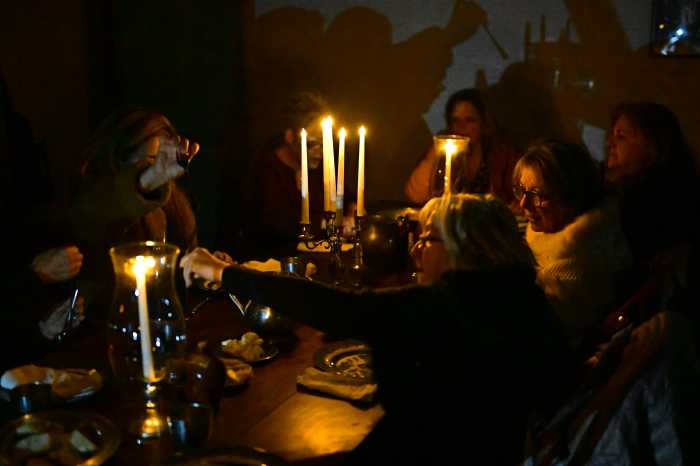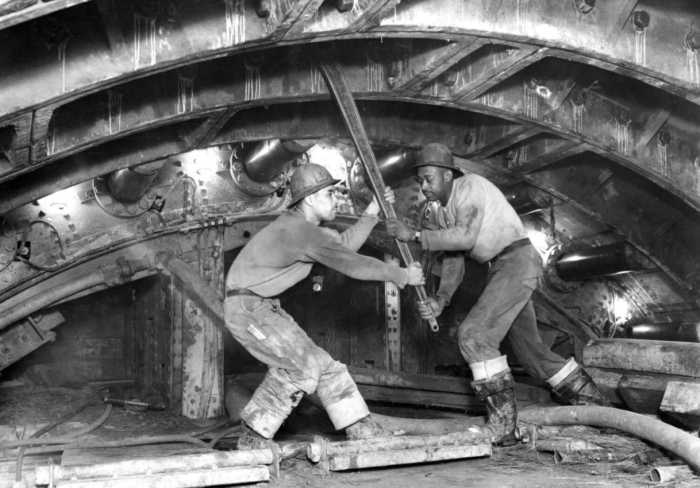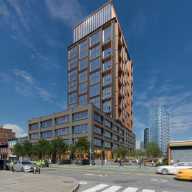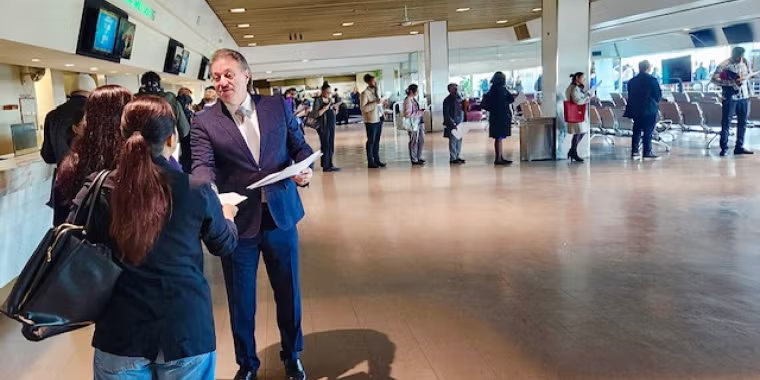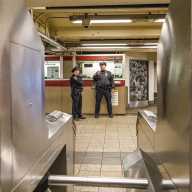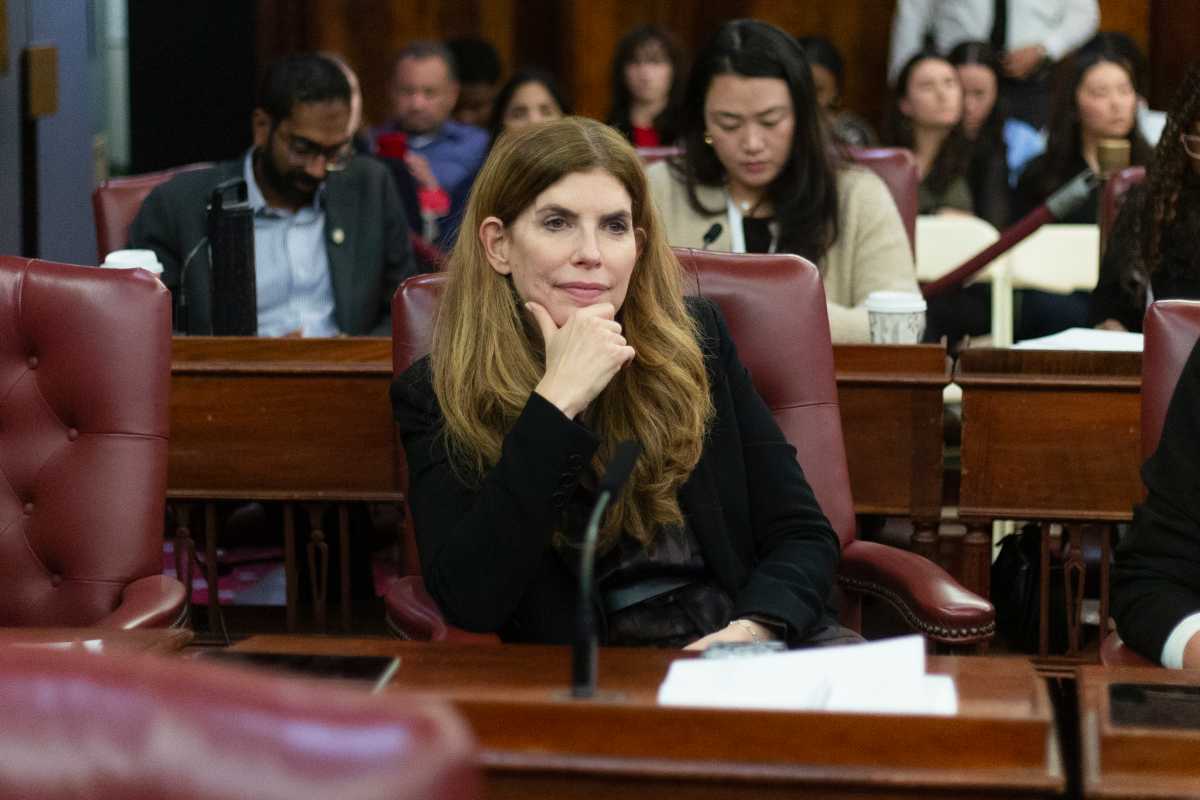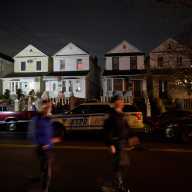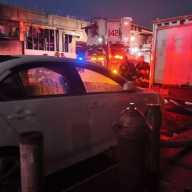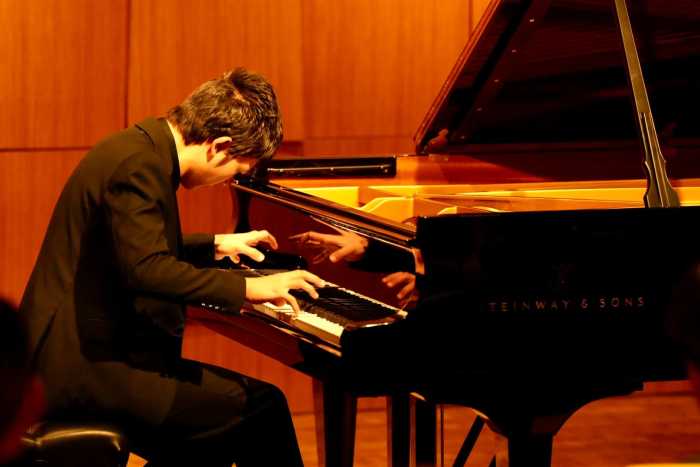P.S. 1 in Long Island City hasn’t featured a class in nearly 60 years, but the institution continues to educate generations on a higher and more intricate degree.
Located at 22-25 Jackson Ave., P.S. 1 currently serves as an annex to the Museum of Modern Art, showcasing all kinds of contemporary exhibits enjoyed by thousands of visitors each year. The building itself, however, is by no means contemporary; it’s a repurposed Romanesque schoolhouse built a full five years before New York City, as we know it, came to be.
The school was actually built during the final years when Long Island City was its own entity. Opened in 1893, the First Ward School of Long Island City served a growing population in LIC, which was about 40,000 back then.

When Queens became incorporated into the Greater City of New York in 1898, the city’s Board of Education assumed control of the First Ward School and renamed it P.S. 1 Queens. Over the next 64 years, it would educate generations of children in the Long Island City area through two world wars and a Great Depression.
But by 1963, P.S. 1 had closed its doors. The closure occurred at a time when New York City began a steady economic decline, and the building wound up being dormant for the next 14 years — save for a brief stint as a warehouse.
With the city not needing additional school space at the time, some in the community began thinking outside of the box with regard to an alternate purpose for the grand old schoolhouse. That led to the arrival of Alanna Heiss.
In 1971, Heiss founded the Institute for Art and Urban Resources Inc., which sought to create art exhibitions in underutilized and abandoned spaces across New York. P.S. 1 turned out to be an ideal location for such a purpose.
Five years later, Heiss helped open the “Rooms” exhibit at P.S. 1; artists were invited to create brand-new works of art within the environs of the former schoolhouse. That was the start of P.S. 1’s new life as an art gallery, and a harbinger of the cultural revolution in Long Island City to come decades later.
Over the two decades that followed, artists continued to use P.S. 1 for studio space, performance arenas and exhibits. It was closed for a period before reopening in 1997 as the P.S. 1 Contemporary Art Center. While the interior was modernized to accommodate contemporary art, the renovations moved forward with care to respect the building’s original architecture.

Three years after reopening, in 2000, the Museum of Modern Art took over the P.S. 1 Contemporary Art Center and renamed it MoMA P.S. 1. It continues to this day attracting new contemporary artists and programs highlighting their work.
The New York City Municipal Archives shared with us a few photos of P.S. 1 of old, when it served as an educational facility for children back in the early 20th century.
Due to the COVID-19 pandemic, MoMA P.S. 1 remains off-limits to the public for now; Phase 4 of the reopening would allow such museums to reopen on a limited basis, but the date for when that might happen is unclear.
Sources: The Museum of Modern Art; TimeOut magazine; Wikimedia Commons; and “P.S. 1: A School for the Centuries,” by Lorraine Passero.
* * *
If you have any remembrances or old photographs of “Our Neighborhood: The Way It Was” that you would like to share with our readers, please write to the Old Timer, c/o Ridgewood Times, 38-15 Bell Blvd., Bayside, NY 11361, or send an email to editorial@ridgewoodtimes.com. Any print photographs mailed to us will be carefully returned to you upon request.

